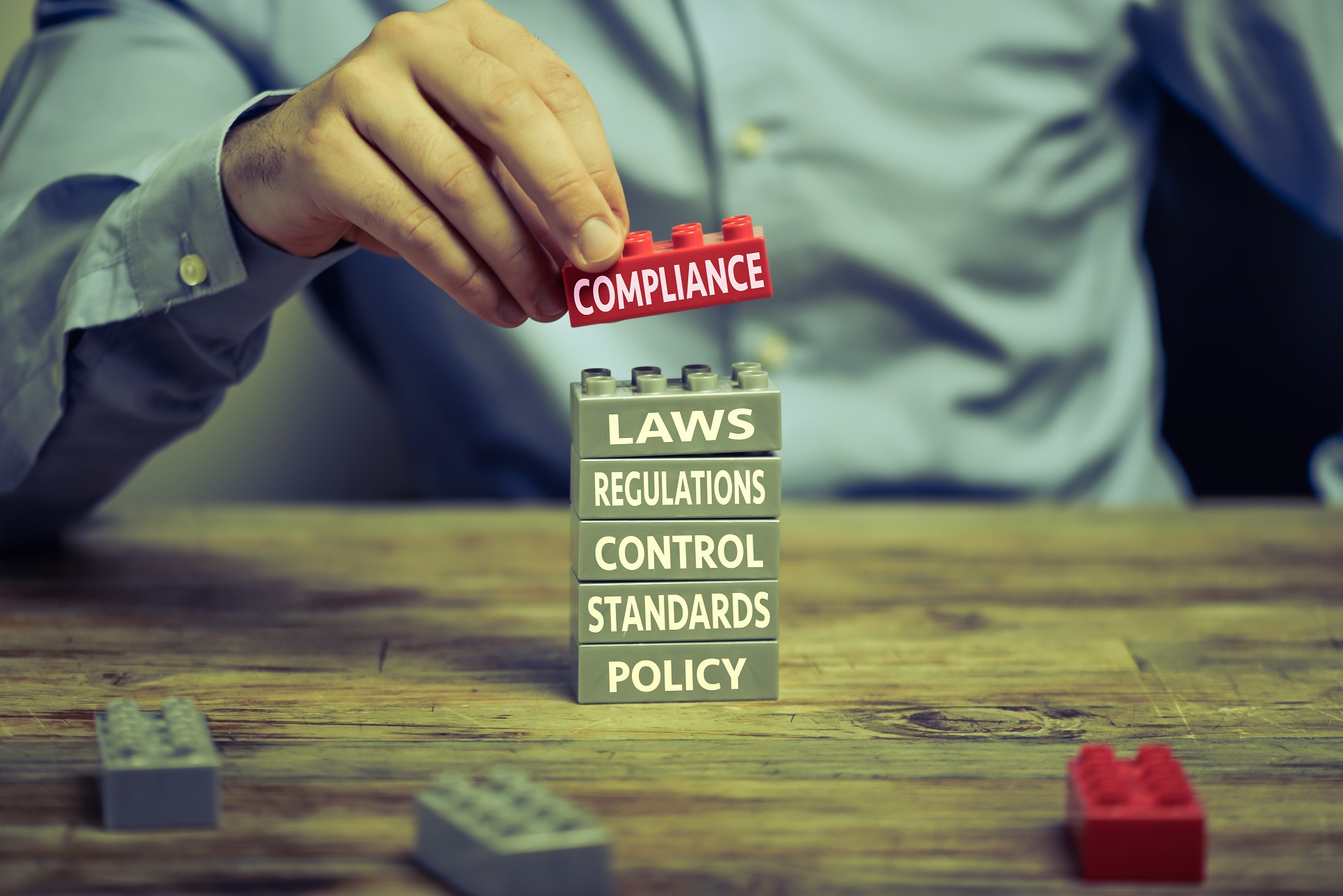5 Key Insights for Compliance in Pharma
The combination of regulatory compliance complexity and change is proving to be a difficult hurdle for pharmaceutical organizations to overcome.
Traditional compliance specialists believe that an insurance policy is sufficient to protect your business against risk. If you view your compliance program in this light, then this post may not be for you. The compliance landscape is evolving in the pharmaceutical industry and the time to take action is now!
So, let’s dive into the importance of compliance in the pharmaceutical industry.
1. Challenging to achieve and enterprise-wide view to reach compliance
In the past, pharmaceutical organizations have traditionally managed compliance responsibilities by team or department. This strategy worked for a time, but unfortunately, this siloed approach is no longer a viable option.
As today’s business models evolved, compliance risk has become more interconnected and complex. This created a unique challenge for pharmaceutical companies because many of them did not possess a full understanding of the compliance signs and their responsibilities.
It is crucial that you understand that the term “compliance” can mean different things to different people, depending on the regulations involved. This can make it difficult for organizations to assign and meet compliance responsibilities.
Some enterprises are determined to tackle this issue head-on. Mature pharma companies often establish “compliance committees” that support various areas of their business. However, the effectiveness of these committees is still up for debate.
The fact is, needs have changed leading to different compliance solutions. There was a time when rules and regulations were disconnected, making it easier for companies to turn a blind eye or work in more of a vacuum, by department. That is no longer the case! Organizations need to take an integrated approach to their compliance program, but reaching that goal is easier said than done.
2. Corporate compliance has a specific impact on global companies
The successes and failures of your compliance programs are determined by the resources you are willing to dedicate. While most global companies have committed compliance officers in their home office, it is not uncommon for them to neglect their smaller offices. Regulatory compliance changes can impact smaller markets the hardest. If you do not dedicate resources, you can be exposed to compliance risk and face significant penalties. There are two ways you can address this challenge:
- Create a center of “compliance excellence” where remote employees can consult with seasoned compliance officers located in the home office.
- Include personnel from your smaller offices in compliance training programs to improve cohesiveness.
3. There are opportunities to improve the efficiency of compliance solutions
Compliance audits and inspections can represent significant costs for life science businesses.
The best way to reduce costs is implementing a continuous readiness model. This type of program can drastically improve the efficiency of compliance programs and help prevent non-compliance.
Have you ever wondered why companies fear the costs of non-compliance more than they fear the costs of overpaying for corporate compliance programs? The answer is straightforward. When a company is non-compliant, the consequences are considerable – the high cost of fixing mistakes, expensive fines, undermined brand equity, ruined reputations – even potential jail time for executives.
The primary regulatory compliance focus of mature organizations is on functions and how they can improve efficiencies. When budgets increase, leaders and chief compliance officers are better equipped to provide value to the business in ways such as:
- Identifying outsourcing opportunities
- Establishing compliance tasks and processes
- Redirecting internal resources to mitigate new or emerging risks
Organizations should always seek new opportunities to invest in compliance functions that touch on multiple business areas such as regulatory policy changes, supply chain, and data management.
4. Compliance often overlooks Big Data, even though it is critical
Pharmaceutical companies across the globe are investing a great deal of time and resources on Big Data, in hopes that it will mitigate their compliance weaknesses. However, leveraging Big Data to improve compliance programs is more challenging than you might think.
During our research, we identified two common challenges that prevent organizations from using data effectively:
- Challenge 1: Overcoming legacy technologies and IT infrastructure. If you’ve ever tried pulling data from legacy systems, you know it is difficult. The majority of legacy systems cannot provide accurate data for compliance documentation and trying to integrate current data has proven to be even more problematic. Simply put, legacy systems are not equipped to meet current regulatory demands, and relying on them will leave your business exposed.
- Challenge 2: A lack of compliance reporting. Most companies do not have a capable reporting system in place, so they instead rely on manual reporting systems. This is not cost effective and it can be extremely error-prone. Managing compliance needs is a complicated process. Companies that rely on manual processing are doing themselves a disservice, exposing themselves to unfortunate and costly consequences. The use of compliance reports needs to be introduced.
Are you aware that only 25 percent of reporting systems provide real-time compliance information, and that only 19 percent of those systems have drill down capacity? Without these fundamental capabilities, leaders and compliance specialists are fighting an uphill battle.
Being able to access data at the granular level and in real-time is the most effective way to monitor regulatory signs and compliance changes. When changes occur, and they always do, organizations need time to minimize the impact of non-compliance.
To effectively manage compliance risk and exposure in today’s world of dynamic regulatory change, pharmaceutical organizations need to have visibility. The FDA and other regulators are expanding their scope of compliance requirements, which means pharmaceutical companies need to make regulatory compliance a focal point in their corporate strategy.
5. Regulatory change has a material impact on business innovation
Pharmaceutical companies operate in one of the most dynamic environments imaginable. Customer expectations are changing, and markets are being disrupted. Companies are struggling to drive a rapid pace of innovation without compromising their regulatory integrity. The two mandates are at odds.
US Food and Drug Administration, the European Medicines Agency, and other regulatory agencies continue to impose a myriad of regulatory changes, that leave pharma organizations in a precarious position and constrained in their efforts to bring innovation to market.
Pharma organizations are looking for ways to reconcile these two imperatives; they are investing in tools that will support Agile development at scale while still preserving compliance standards and controls. Features that allow you to centralize your regulatory and business planning data, leverage automation and intelligence capabilities and drive robust analysis of the impact of regulatory change all help to support Agile innovation while maintaining compliance.
Conclusion:
As regulatory changes continue to be introduced, the pharmaceutical industry as a whole must adapt and evolve while maintaining a swift cadence of innovation to meet the expectations of patients across the globe. An integrated view of the enterprise that takes into consideration the criticality of Big Data, the priority of innovation, alongside the need for efficient and modernized processes is critical. Now is the time for pharma organizations to realign their compliance structures with the broader interests of the organization.
To learn more about how pharma organizations can avoid risks where automation is specifically concerned, download the whitepaper: 7 Ways to Optimize RPA Governance and Maximize ROI.
Share this
Recent Stories

RPA and Regulatory Compliance in Pharma: 5 Things I Wish I Knew Sooner

Getting Started with Agile in a Regulated Environment



